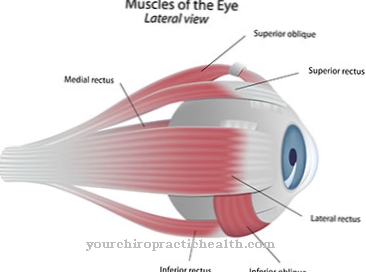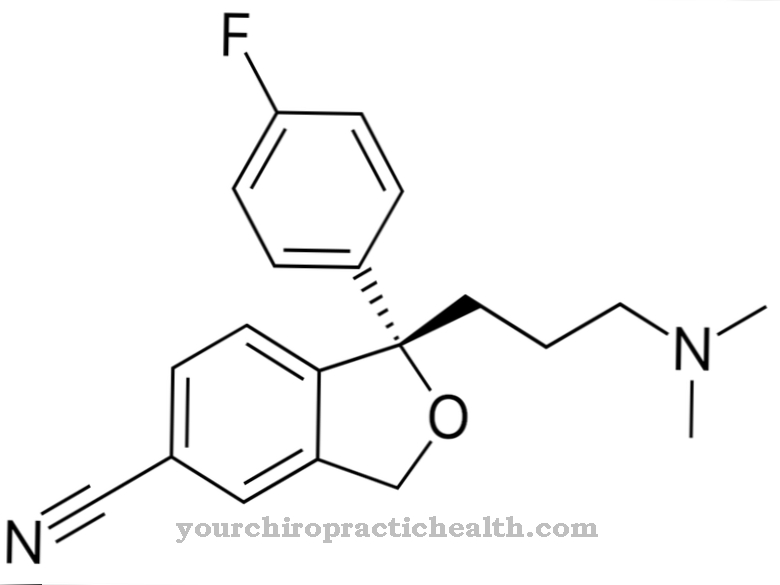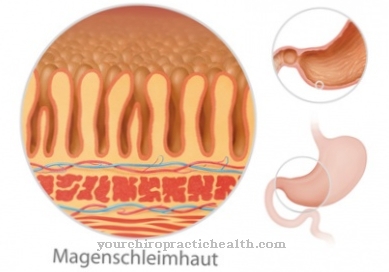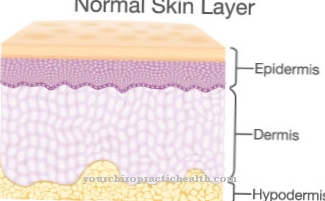In the Epithelialization phase mitosis takes place during wound healing, which closes the tissue defect with new epithelial cells and heralds the subsequent phase of scar formation. The epithelialization phase follows the granulation phase and hardens the granulation tissue that has formed up to then. Excessive epithelialization processes with hyperkeratosis and hypergranulation can lead to wound healing disorders.
What is the epithelialization phase?

The process of wound healing enables the human organism to compensate for various defects in the tissue. Small wounds hardly need any supportive measures to heal. In the case of bones, connective tissue and mucosa, the organism fully restores the tissue. The wound healing of all other tissues, on the other hand, leaves scars.
Overall, the wound healing process consists of five different phases. The hemostasis opens the process. This first phase is followed by the inflammatory phase to cleanse the injured tissue. In the subsequent granulation phase, the first cells for wound closure are formed.
The fourth phase is as reparative phase or epithelialization phase known. The epithelialization phase serves to epithelialize the wound. During this phase, the tissue defect is covered with epithelial cells and collagen matures into scar tissue. The final scar formation follows the epithelial phase. After these processes, the defect is safely closed.
Function & task
The epithelial phase or reparative phase of wound healing occurs around the fifth to tenth day after tissue injury. This phase was immediately preceded by the granulation phase. After the inflammatory cleansing of the wound, vessels and granulation tissue have formed in the area of the wound during this step.
Fibroblasts, which were attracted by growth factors in the inflammatory phase, were primarily involved in the formation of the connective tissue. The fibrin network formed during blood clotting has been completely decomposed by plasmin up to the epithelialization phase and has thus undergone fibrinolysis. The wound tissue is already firm due to the collagen produced and also contains proteoglycans.
All these conditions are considered to be the starting signal for the epithelialization of the wound. A well-granulated wound closes one-third of itself by shrinking. The remaining two thirds up to the wound closure take place in the epithelialization phase through mitosis (cell division) of the epidermal cells.
At the same time, the fibrin migrates from the wound's edge to the center of the wound. The cell division processes that take place at the same time are regulated by chalones, i.e. statins within the epidermis and the fibroblasts. Due to the injuries to the epidermis, only a few chalons are present. Since chalones have an inhibitory effect on mitotic processes, the rate of cell division increases in the event of injury. As soon as the wound is closed in the epithelialization phase, the epidermal cells produce enough chalones to inhibit the cell division processes.
The first third of the wound closure takes place in the epithelialization phase through wound contraction, which is carried out by the fibroblasts. During the phase, the fibroblasts transform partly into fibrocytes and partly into myofibroblasts. Myofibroblasts contain contractile elements. For this reason, they can contract like a muscle cell and thus bring the wound edges closer together.
The mitotic regeneration of epithelial cells takes place on the basis of the lower basal cell layer. This type of granulation tissue soon forms collagen fibers. The wound tissue is getting poorer in water and blood vessels. Elastic fibers are not formed at this point. The wound therefore continues to tighten.
After around two weeks, the edges of the wound are firmly connected. The scar tissue is narrow and initially shows a light red color and a soft consistency. Wound healing has come to an end with the epithelialization phase and the subsequent scarring.
Illnesses & ailments
The healing of larger skin wounds is medically supported using staples or threads. These aids are only removed after the epithelialization phase has been completed. It takes another three months after the epithelialization phase is complete until the scar is fully resilient. If the wound area is overloaded in the following three months, the young tissue will tear again in extreme cases. The cell division processes of the epithelialization phase must then be repeated.
Insufficient inhibition of the cell division processes after the epithelialization phase has ended can cause tumors, hyperkeratosis and hypergranulation. Hyperkeratoses are cornifications of the squamous epithelium. Orthokeratotic are differentiated from parakeratotic hyperkeratosis. The first symptom is a thickening of the stratum corneum during regular differentiation processes of the keratinocytes. In the case of parakeratotic hyperkeratoses, on the other hand, the stratum corneum thickens when the differentiation processes of the keratinocytes are disturbed.
In connection with uninhibited cell division in and possibly after the epithelialization phase, proliferation hyperkeratoses occur most frequently, which are based on accelerated cell growth within the epithelial stratum basale. This profileration results in increased cell turnover with thickening of the stratum corneum. More and more keratinocytes are formed, which become corneocytes.
Hypergranulation must be distinguished from hyperkeratosis. This is an excessive formation of granulation tissue during the epithelialization phase of wound healing. Hypergranulations occur as a wound healing complication particularly in chronic wounds and are due to slow or insufficient epithelialization.
The connection between tumors and processes in the epithelialization phase has in turn been reflected in a saying that is widespread among medical professionals. Tumors are wounds that don't heal, says pathologist Dr. Harold Dvorak. In fact, this statement has now been confirmed at the molecular level.Parallels have been discovered between wound healing epithelialization and cancer, for example the similarity between the gene expression pattern of healing wounds and the gene expression pattern of malignant tumors.




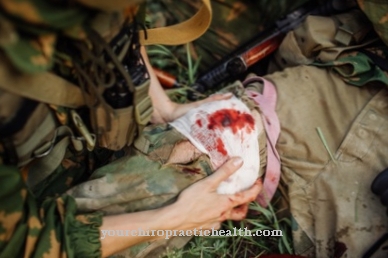





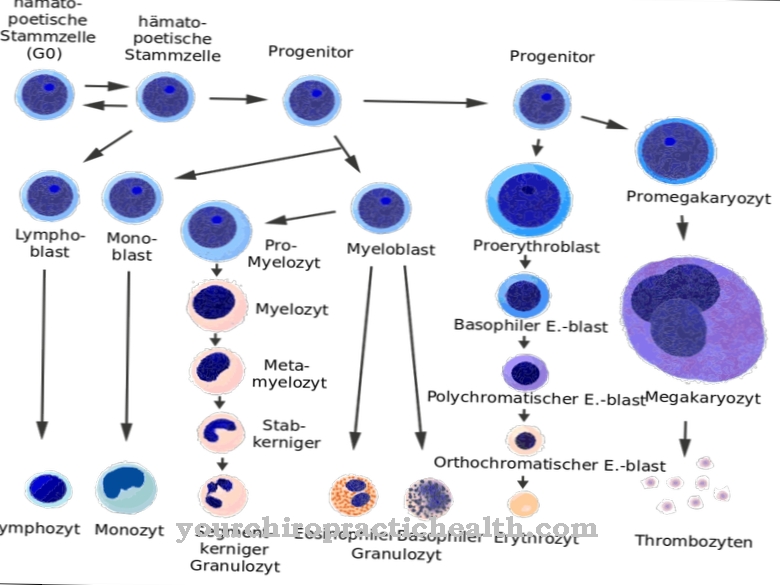
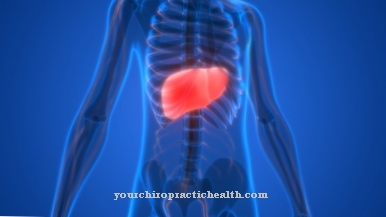

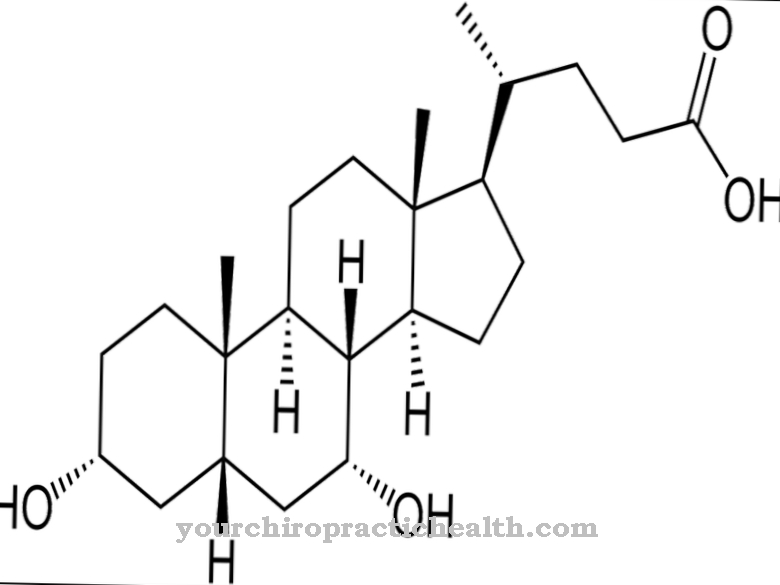
.jpg)


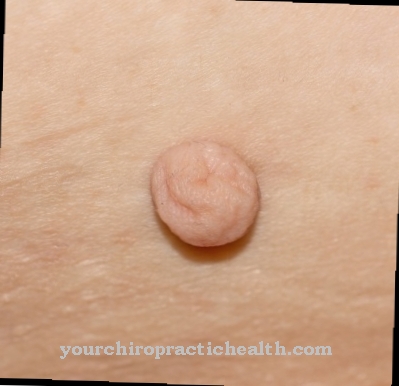

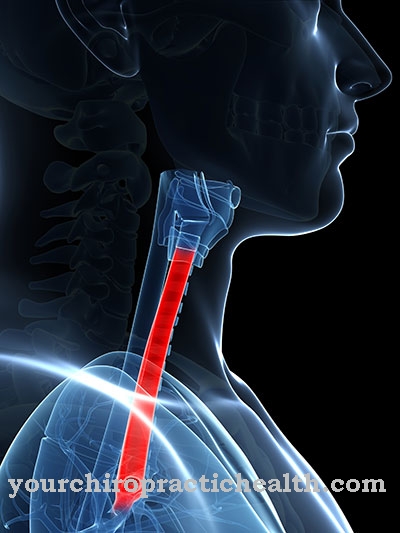


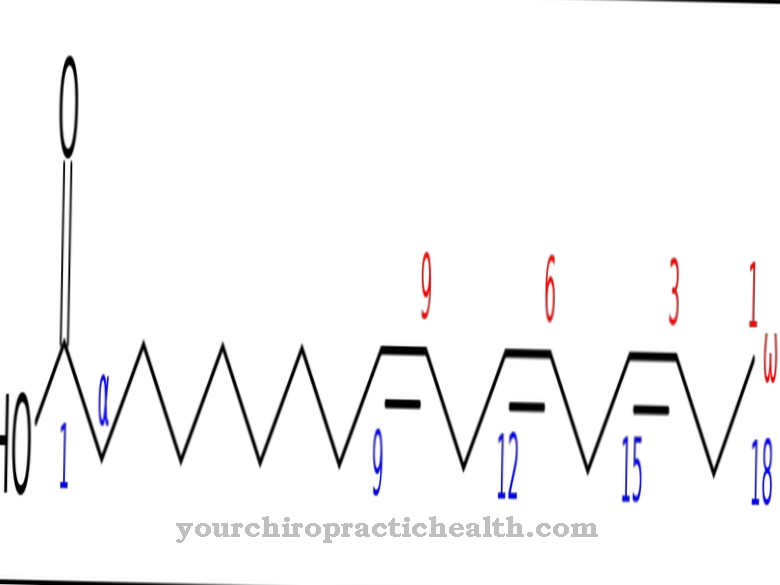
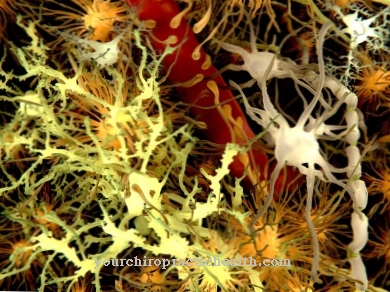
.jpg)
